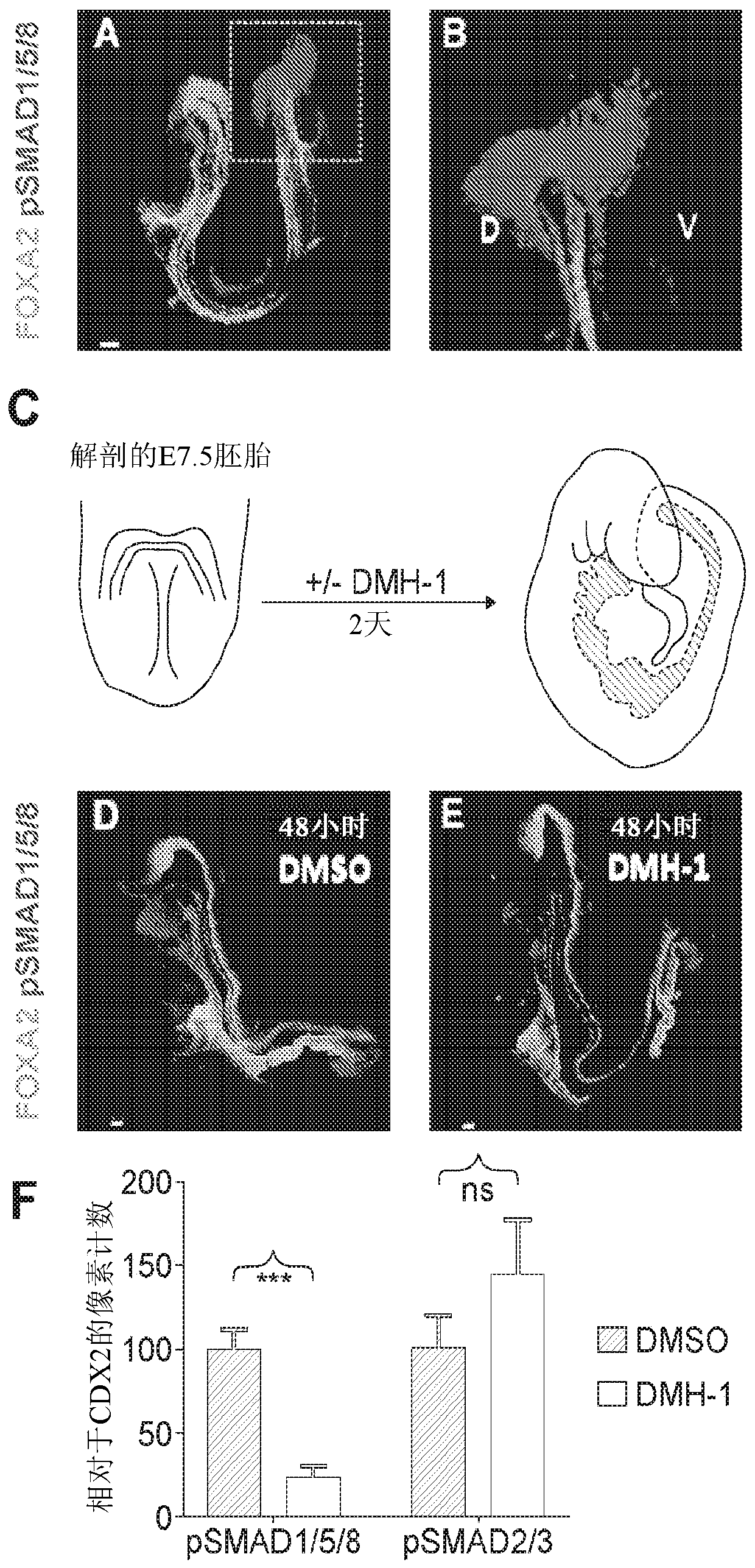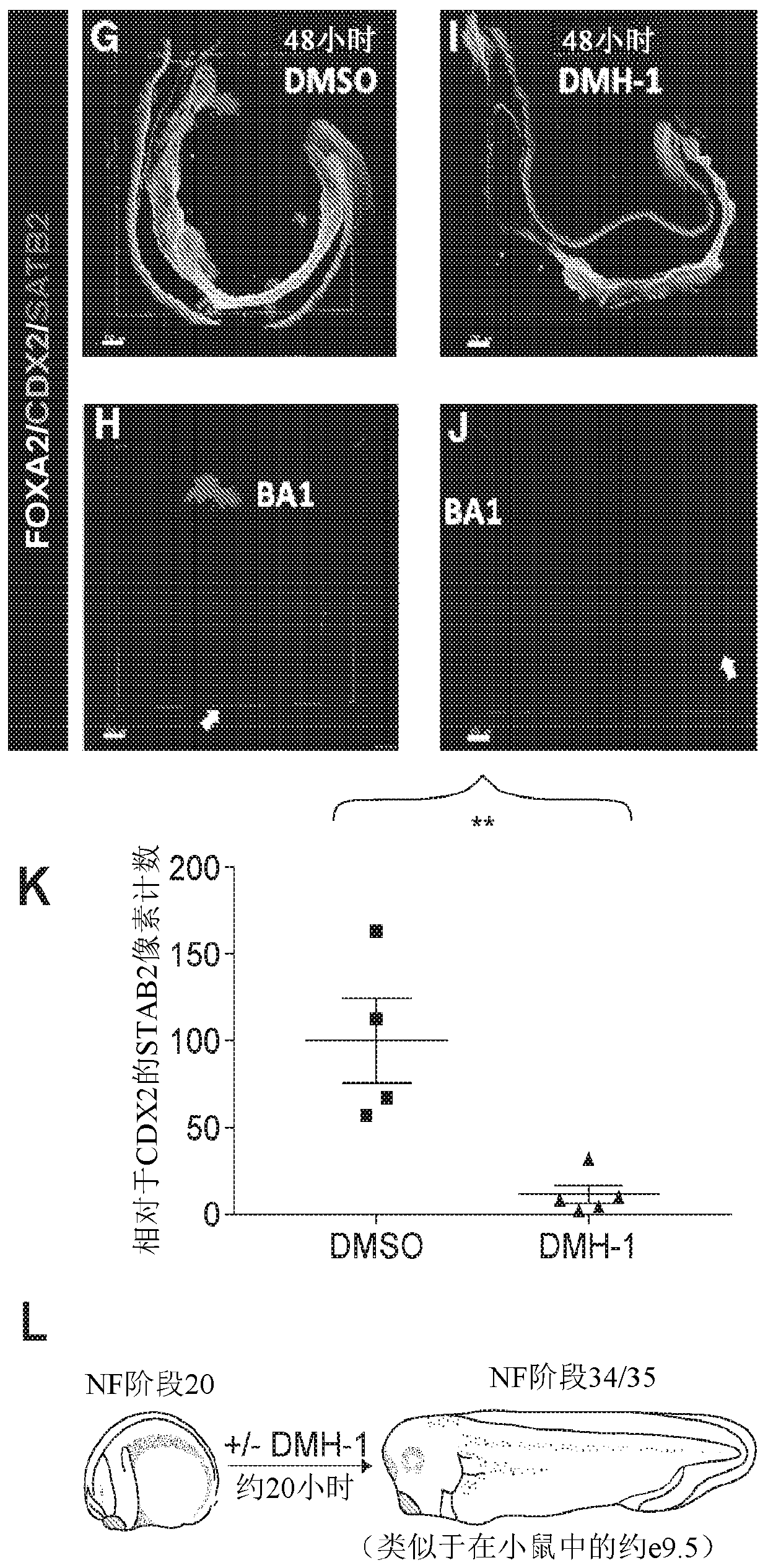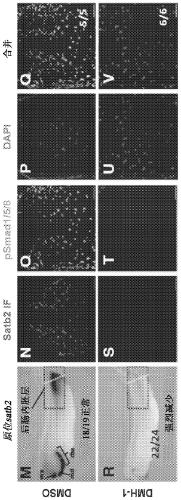Colonic organoids and methods of making and using same
An organoid, colon technology, applied in the field of colon organoids and their preparation and use, can solve the problems of lack of robust understanding of posterior bowel development and backward efforts in large intestine organoids
- Summary
- Abstract
- Description
- Claims
- Application Information
AI Technical Summary
Problems solved by technology
Method used
Image
Examples
example
[0082] The following non-limiting examples are provided to further illustrate the aspects of the invention disclosed herein. Those skilled in the art should understand that the technical representatives disclosed in the following examples have found methods that work well in the practice of the present invention, and therefore can be considered as examples of modes constituting their practice. However, according to the present disclosure, those skilled in the art should understand that without departing from the spirit and scope of the present invention, many changes can be made to the specific aspects disclosed and still obtain the same or similar results.
[0083] The epithelium of the gastrointestinal tract is derived from the definitive endoderm, which is one of the main germ layers established during gastrulation. The process of bowel morphogenesis transforms the definitive endoderm into a primitive bowel with foregut, midgut and hindgut. The midgut produces the small proxi...
PUM
 Login to View More
Login to View More Abstract
Description
Claims
Application Information
 Login to View More
Login to View More - R&D
- Intellectual Property
- Life Sciences
- Materials
- Tech Scout
- Unparalleled Data Quality
- Higher Quality Content
- 60% Fewer Hallucinations
Browse by: Latest US Patents, China's latest patents, Technical Efficacy Thesaurus, Application Domain, Technology Topic, Popular Technical Reports.
© 2025 PatSnap. All rights reserved.Legal|Privacy policy|Modern Slavery Act Transparency Statement|Sitemap|About US| Contact US: help@patsnap.com



